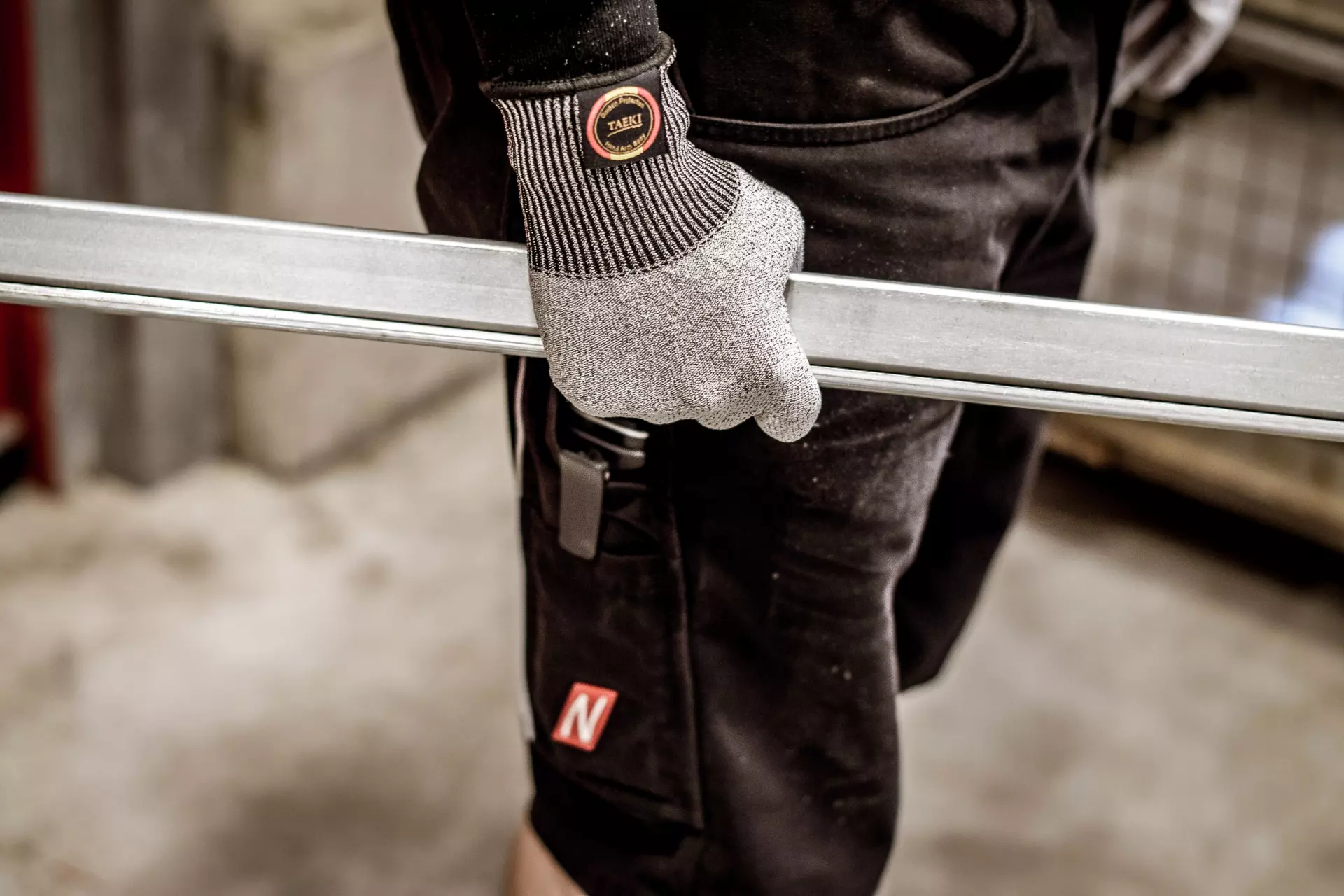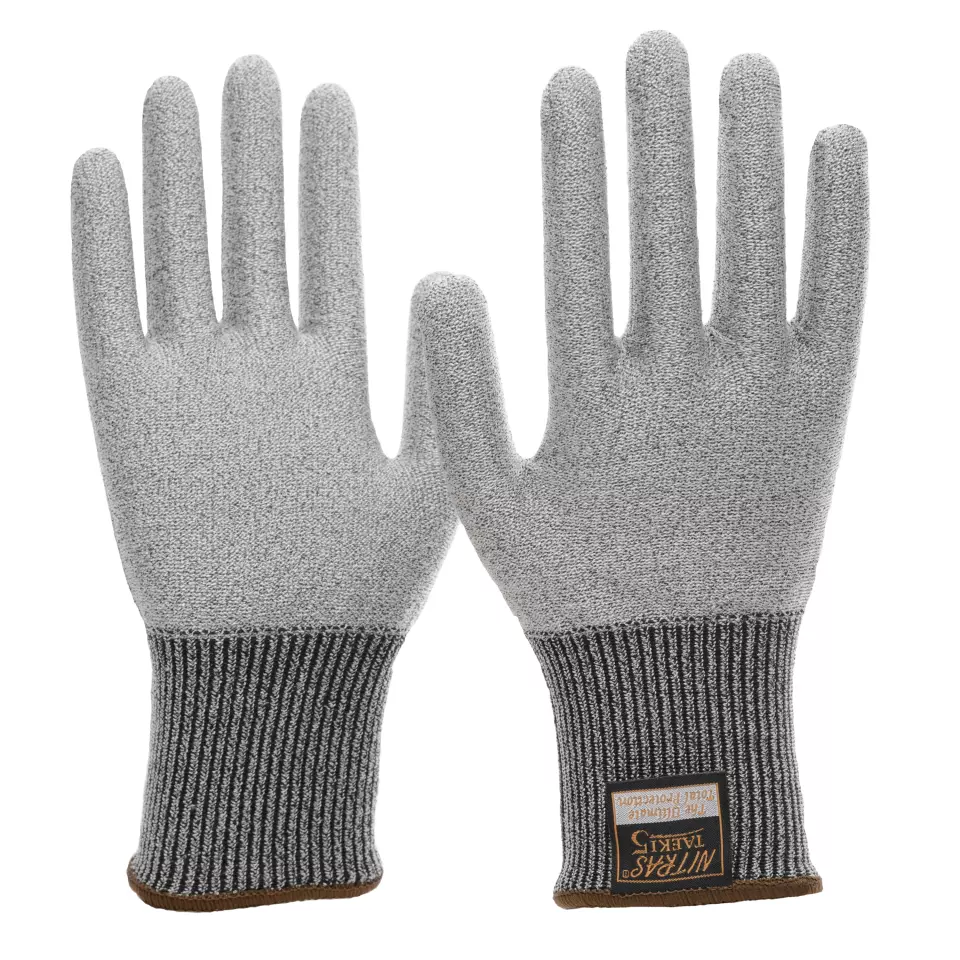

Features You'll Love

Cuff Style · Knit
Determines how the glove secures around the wrist, affecting fit, comfort, and protection coverage at the wrist area.
Nitras
TAEKI Cut protection Gloves, Grey, 10 pairs
TAEKI Cut protection Gloves, Grey, 10 pairs
4.8 / 5
265,77 kr
Price per 10 pairs
26,58 kr / pair
Choose size
Shipping fee is 71,20 kr for orders under 700,00 kr
Features You'll Love

Cuff Style · Knit
Determines how the glove secures around the wrist, affecting fit, comfort, and protection coverage at the wrist area.
Product description
Advanced cut protection gloves featuring TAEKI special yarn construction, offering exceptional dexterity and comfort for precise handling tasks. These uncoated gloves provide high cut resistance while maintaining contact heat protection up to 100°C for 15 seconds. Their food-contact approved design and suitability as under gloves make them versatile for various industrial applications.
Product Features:
- Uncoated design with knitted wrist
- Maximum dexterity (Level 5)
- High cut resistance
- Contact heat protection (100°C/15 seconds)
- Food contact approved
- Suitable as under gloves
Technical Details:
- TAEKI special yarn construction
- EN 388:3X42C certification
—Level 3 abrasion resistance
—Level 4 tear resistance
—Level 2 puncture resistance
—Level C cut resistance (TDM)
- EN 407:X1XXXX certification
—Level 1 contact heat resistance